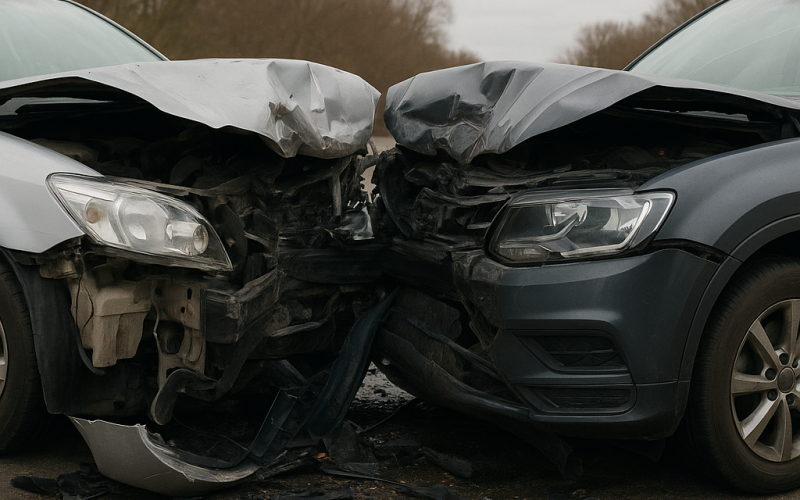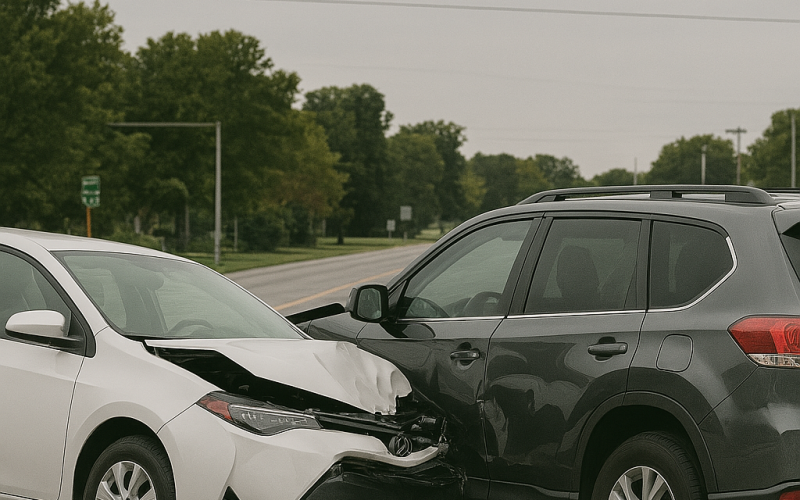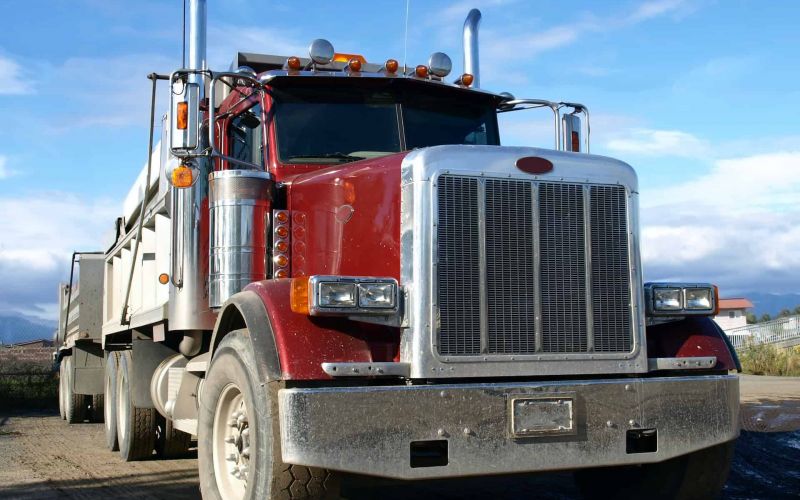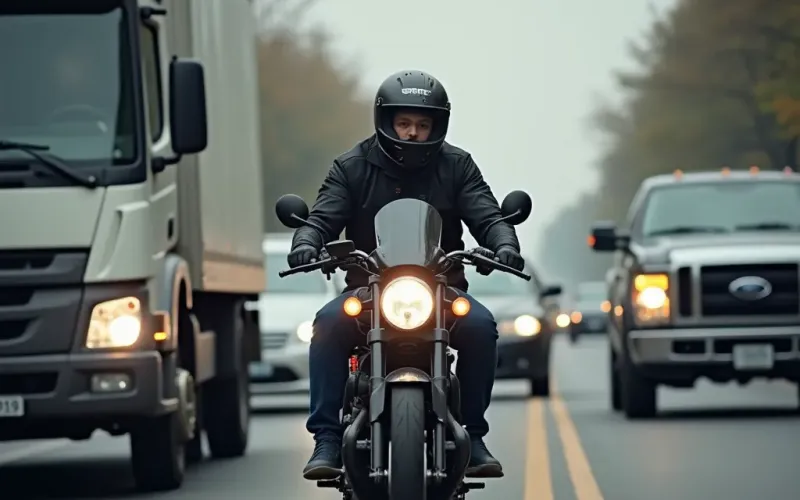Car Seat and Booster Seat Laws in South Carolina
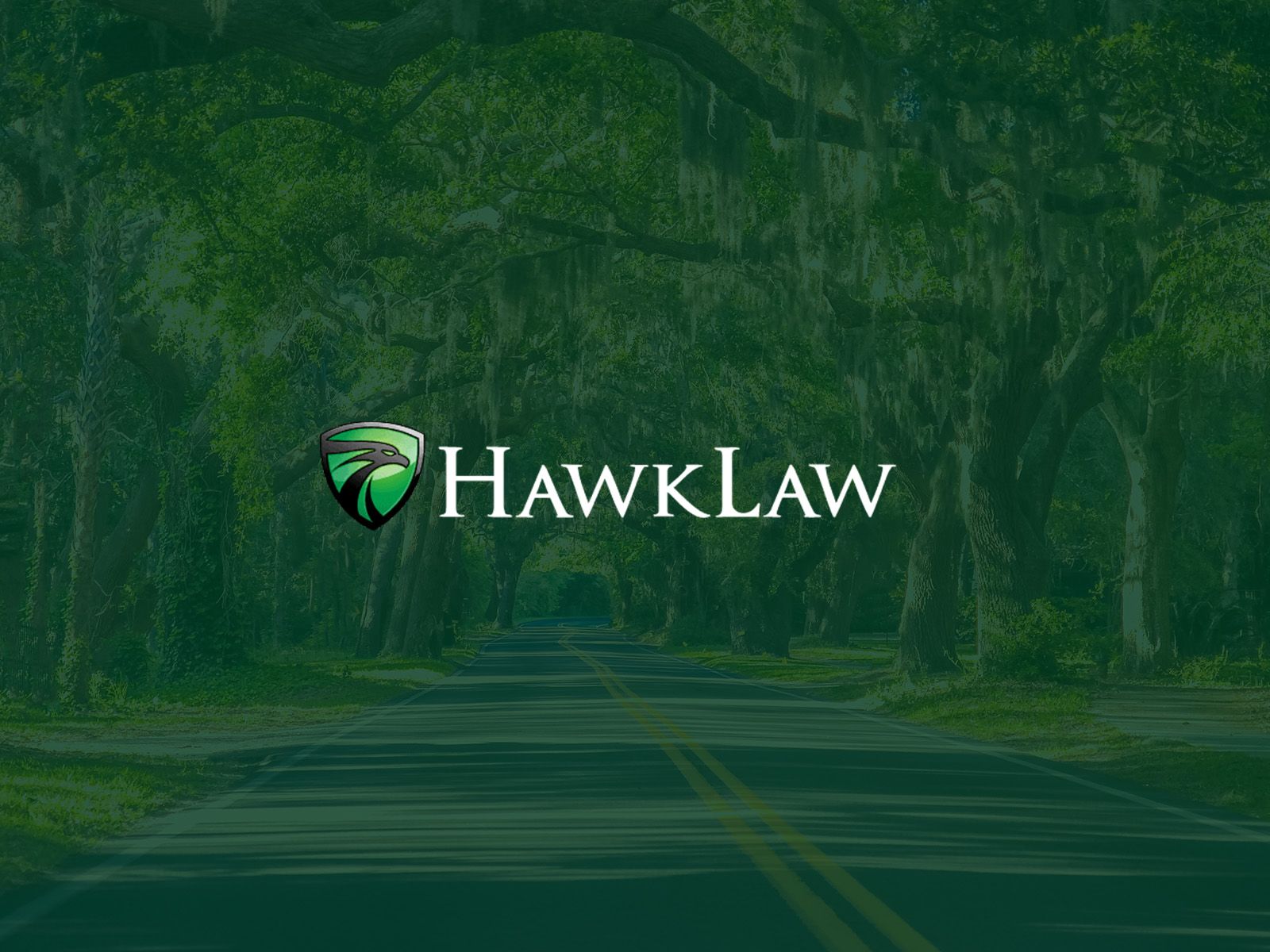


No matter how safe you are as a driver, you can’t guarantee other drivers will always make the right decision. When you are in a car accident, and your child gets hurt by another driver’s reckless or careless behavior, you’re terrified and angry. You feel betrayed. Worse, you’re facing mounting medical bills, and you wonder if there was something you could have done to avoid what happened.
Child safety seat laws can seem onerous to parents just looking to run to the store, but they exist for a good reason. Proper child restraint is essential to keeping your child safe should you be in an accident, and accidents happen all the time, every day.
In fact, according to the National Highway Traffic Safety Administration (NHTSA), motor vehicle accidents are a leading cause of fatalities among children through age 13. Having the correct car seat can quite literally save their life. Choosing a safe child car seat means considering several things, including children’s ages, weight requirements, height limits, and seat belt laws, among other factors.
This page will examine South Carolina car seat laws, how child passenger restraint systems are regulated, and how you can choose a suitable child safety seat for your car. If you need legal help in South Carolina after you’ve been in an accident, contact HawkLaw right away for representation.
Rear-Facing Car Seat Laws
Any child under two years of age must be in a rear-facing seat, which should also be designated as an infant car seat. The American Academy of Pediatrics (AAP) has recommended that rear-facing car seats are the safest way to transport young children, starting from the first time they ride home from the hospital.
The AAP also points out that the correct car safety seat or booster seat can reduce the risk of serious injury and death by more than 70%.
Forward-Facing Car Seat Laws
You may have heard that children over the age of two should change to a forward-facing seat. This information is old. Children should only upgrade to forward-facing seats when they exceed the manufacturer-specified height limit or weight limit of the rear-facing safety seat, with the disclaimer that kids over two years old are likely at the height and weight limits required. Still, physical dimensions supersede age in the current guidelines.
Where your child sits is also of significant importance: Your forward-facing seat should be placed in the vehicle’s rear passenger seat area to give the driver access to the child and for maximum protection. Likewise, children in forward-facing car seats should remain in the seat until they exceed that seat’s weight requirements and height limits. Most seats are rated for children up to and even exceeding 60 pounds. When the child outgrows their forward-facing seat, they can upgrade to a booster seat.
Booster Seat Laws
When a child exceeds the limit of their front-facing seat, which is usually around the age of four, they should upgrade to a booster seat. Many different types of booster seats are available on the market — some have backrests, and others are backless, for example. It’s vital to check your state’s child passenger safety law to ensure you get an appropriate one that complies with the law. You must use a belt-positioning booster seat that has shoulder and lap belts. A shoulder belt is required and is the best for child safety. Never use a booster seat with only a lap belt fastened. The AAP recommends that every child under the age of 13 be restrained in the vehicle’s rear seats for the best protection.
Adult Safety Seat Belt Laws
The law and the latest safety guidelines state that when a child reaches 57 inches tall, which usually occurs around eight years of age, they can use an adult seat belt, provided that the shoulder belt fits across the center of your child’s chest, and does not cross their neck. The lap belt fits across their hips and thighs and not their abdomen. The child should also sit with their back straight up against the back seat cushion and their knees bent over the seat’s edge without the need for the child to slouch.
Evolving Advice
Remember that just because you know the current guidelines and state law, the advice and best practices for child safety seats evolve. Every so often, the AAP’s Committee on Injury, Violence, and Poison Prevention reviews the guidelines for these stages.
The current recommendations came about over a decade of case studies and even lawsuits, for example. A study from 2007, followed by technological developments since 2011 which allow children to remain in rear-facing seats much longer, and lawsuits in 2016 surrounding children being injured in front-facing car seats, which resulted in a retraction of the 2007 findings all played into current regulations.
Because of these developments, the recommendation for rear-facing seats is in place for as long as possible. The takeaway is that you should continually stay on top of the evolution of advice and best practices as new studies are undertaken and updated guidelines are issued.
Five Tips for Ensuring Child Passenger Safety
Naturally, every parent wants to know, “How can I best keep my child safe in the car?” Advanced car seats exist for one reason and one reason only: to protect your child. You must choose the right seat for your child’s weight limit and height or length to seriously reduce the risk of injury or death from a car crash.
Even a fender bender can result in serious injuries, sometimes with disabilities and medical conditions that can last for life. The right car seat with the correct safety restraint is essential to protecting your child from these dangers. Consider these five tips to protect your child in the car:
- Convertible Seats Protect Infants and Toddlers: Many manufacturers offer convertible seats which will allow children to remain in rear-facing seating positions even after they exceed the height, weight, and age limit. Regardless, never move to a new type of seat before your child reaches the manufacturer’s limitations for the existing one.
- Back Seat vs. Front Seat Positioning: A rear-facing child seat should never be in the deployment area of an airbag. If your child is under 13, keep them in the back seat. While in the back seat, they will have much better protection should you be in a head-on collision.
- Proper Seat Installation to Ensure Safe Kids: The National Child Restraint Use Special Study conducted by the NHTSA found that up to 46% of all child safety seats and booster seats are not installed correctly, which can make them dangerous. Always carefully follow the instructions and your car’s owner’s manual to ensure the seats are correctly installed.
- Ensure Proper Seat Belt Fit: As stated above, the seat belt should fit across the center of the child’s chest, with the lap belt across their hips. A harness should protect in a crash, but if the seatbelt crosses the child’s neck or abdomen, it can instead cause injury in the event of a crash. Be sure your harness is not loose and that your retainer clip is at the proper height.
- Keep Up to Date on Recall Notifications: Many people don’t realize that you can register a car seat with the NHTSA or the manufacturer. Registering always ensures that you are up to date with all safety notifications and manufacturer recalls.
Protect Your Child With Car Accident Lawyers
No matter how safe you are, no matter how good of a driver, and no matter how properly your child safety seat is installed, accidents still happen every day. If you’re in a car accident caused by another reckless driver, it can change your life in a second. Know that if this happens, you deserve to be compensated for the injuries you and your child have suffered, and legal remedies are available. A South Carolina auto injury lawyer can help you seek this compensation and give you the chance of getting paid. HawkLaw Fights to Win. Contact us at 888.HAWK.LAW or use our easy online form to get your consultation* today.
John D. Hawkins
John Hawkins is the Founder and CEO of HawkLaw He has been licensed to practice law in South Carolina since his graduation with honors in 1994 from the University of South Carolina School of Law, where he was on the Law Review and Order of Wig and Robe.
-
$3,000,000*SettlementTrucking Accident
-
$1,005,000*SettlementCar Accident
-
$575,000*SettlementPersonal Injury
"*" indicates required fields






